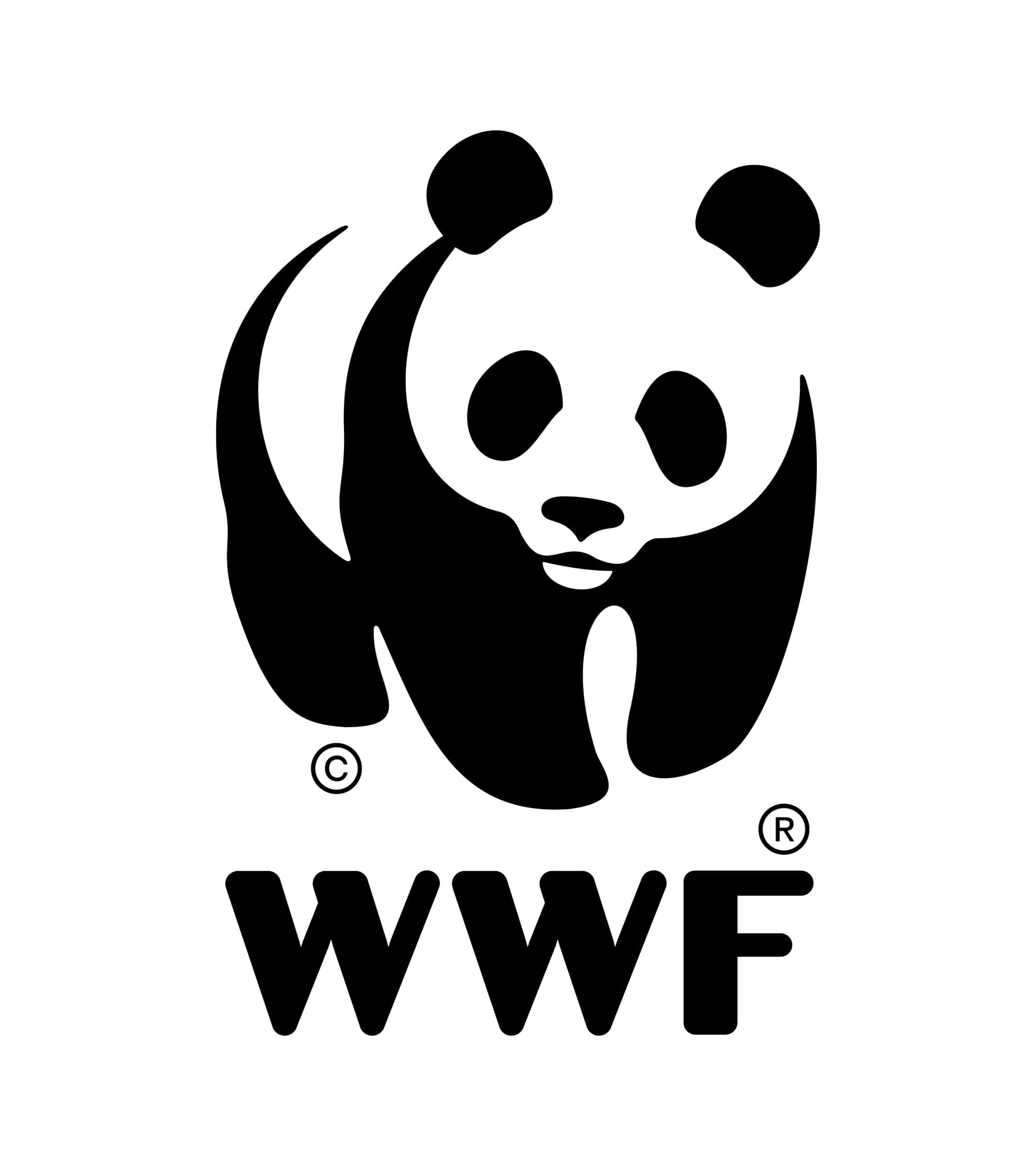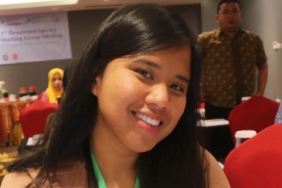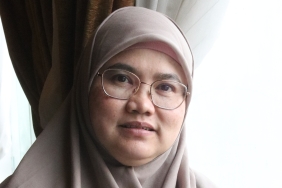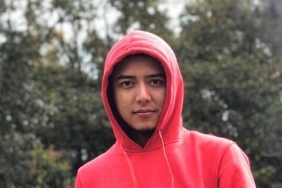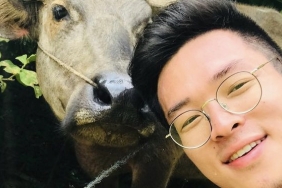THE STORY OF THE LAND OF PAPUA: LOCAL FOOD WITH MEANING
By: Leo Yansen Yembise
Eastern Indonesia never ceases to amaze with its myriad of stories. This time Leo Yansen Yembise or commonly known as Bang Leo will share his views and experiences about the area where he grew up. Currently, Bang Leo serves for WWF-Indonesia located in Boven Digoel Regency, Papua. Since childhood, Bang Leo has lived in Jayapura. However, Bang Leo himself grew up in a family from the Biak Tribe. A tribe that is synonymous with its toughness in fishing.
It is undeniable that Boven Digoel has become one of the silent witnesses of Indonesian history. In Merah City, Bung Hatta was exiled and imprisoned by the Dutch. Not only history, Boven Digoel also holds a lot of cultural wealth. According to Bang Leo's explanation, in Boven Digoel there are still Customary Law Communities which are divided into 5 major tribes, namely the Muyu, Mandobo / Wambon, Awyu, Kombay, and Korowai. The five tribes are fairly close to nature, because +80% of their territory is still forested.
"Even so, there is no local regulation that strengthens the existence of Indigenous Peoples"
Their forested activities are still regulated by natural resource management regulations for each hamlet, known as Hak Ulayat. Some rituals such as Pesta Babi and Pesta Ulat Sagu are also still maintained. As an entity of its own, the Customary Law Community in Boven Digoel district tries to protect their forest by making a board, which is placed in their important area with the writing 'Historic Area and Customary Land of Awyu Tribe Decree of the Constitutional Court No.35 PUU -X / 2012, which if violated will be subject to customary sanctions.
Another interesting thing about the Indigenous People of Boven Digoel is their typical food. Similar to eastern Indonesian food in general, some processed sago and tubers are also the main food of the Boven Digoel community. Sago is usually processed into Papeda or roasted sago. Then, the sago will be complemented with a side dish of fresh fish and vegetables ferns, papaya flowers, or cassava leaves. Bang Leo admits that the combination is a favorite snack menu from his home region. Historically, sago is one of the food sources of the ancestors, so sago has a sacred value for the people there. Sago is even often likened to a 'mother who always gives her milk when a child cries of hunger'. Unfortunately, processed sago has begun to be displaced by rice as the main food source, except on certain occasions.
Responding to this condition, Bang Leo believes that local food should not only be a complementary food. For example, processed chips have now been developed into daily snacks. This has not happened to the sago commodity. Therefore, according to him, there needs to be a progressive policy from the Regional Government, which can be through a 20-year planning document such as the RPJP, RTRW or 5-year plan / RPJMD which explains the complete technical policy. Later the document can be used as a guide in cultivating certain commodities, provided that the food industry will not disturb the water catchment area there. Therefore, Bang Leo feels optimistic about the development of local food as long as it is followed by a clear strategy and commitment from the Regional Government.
